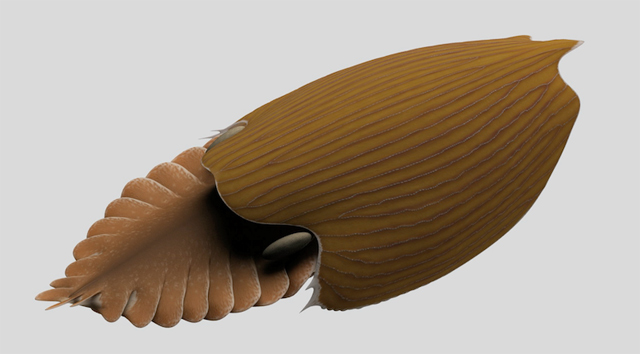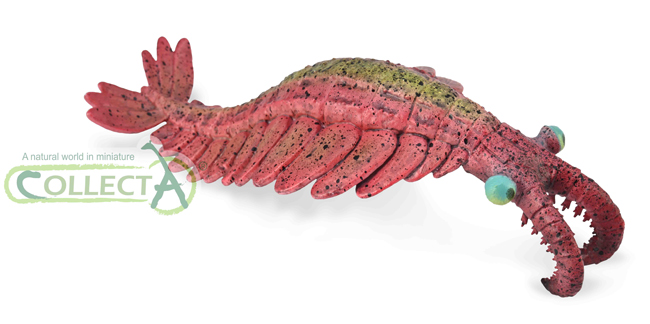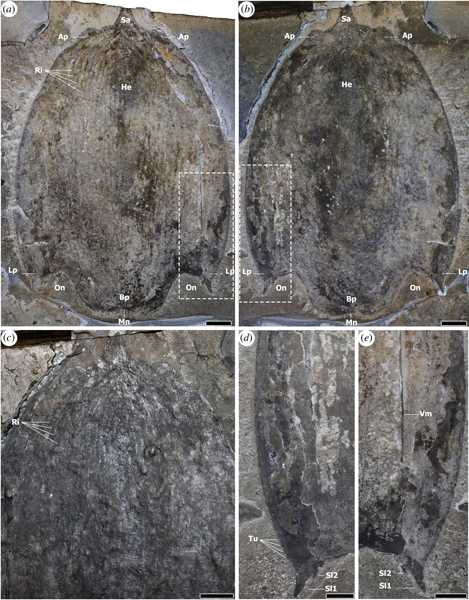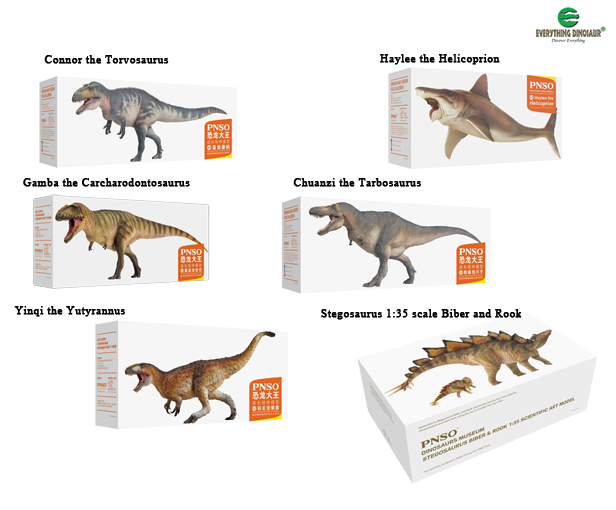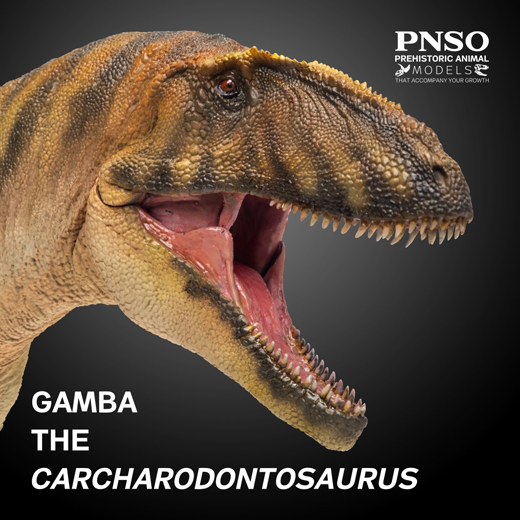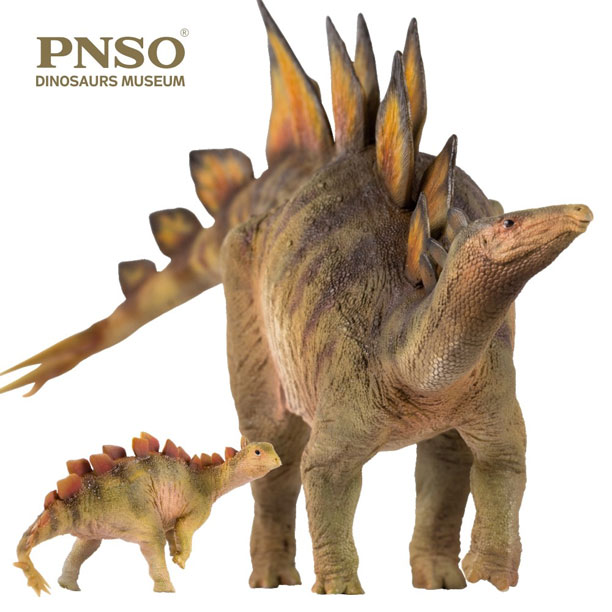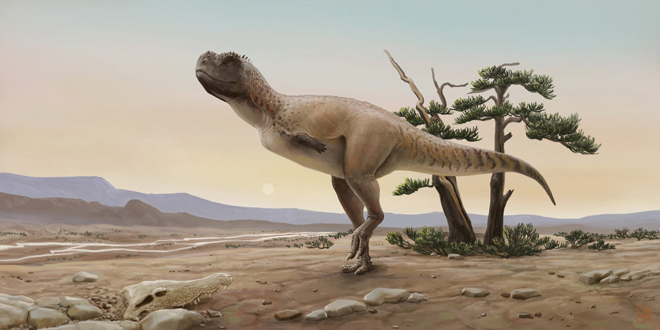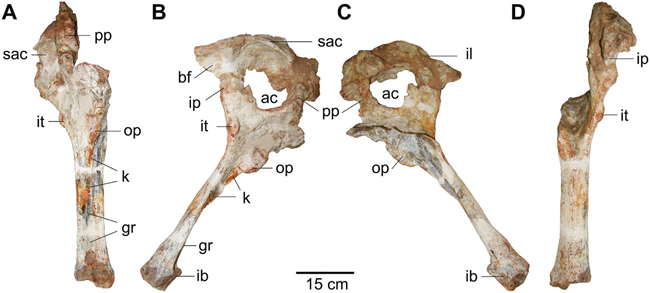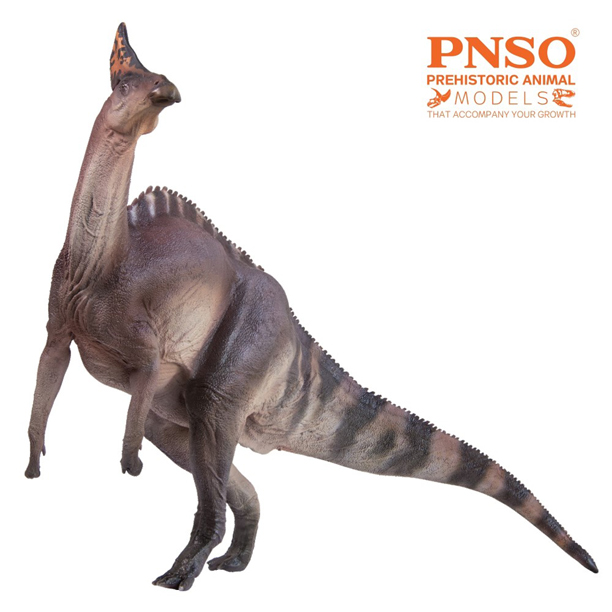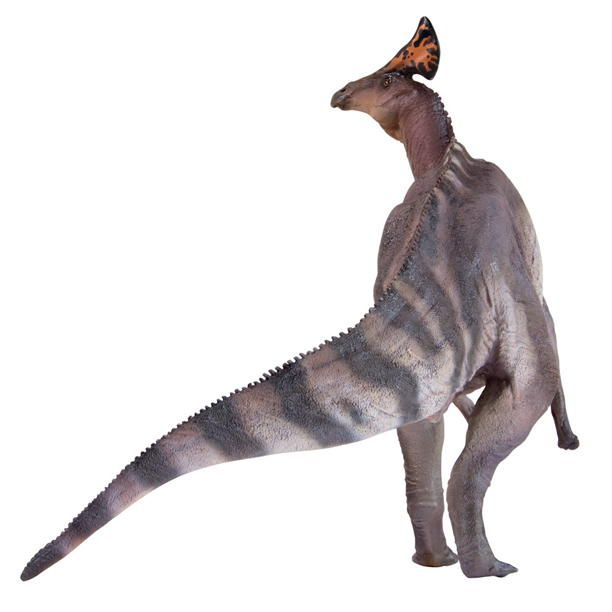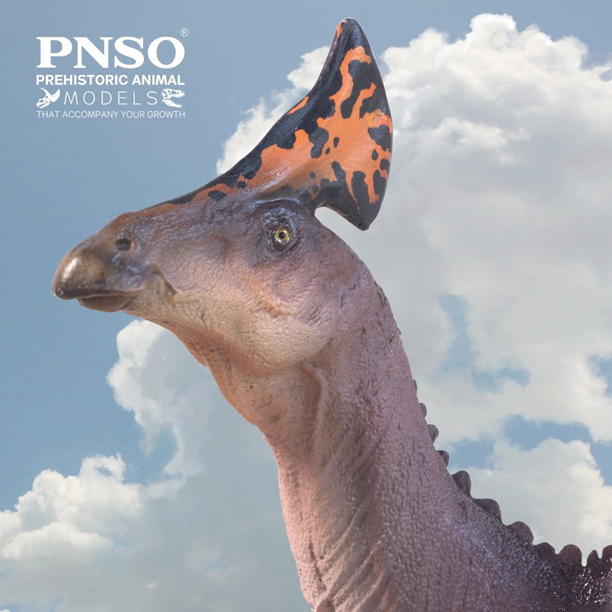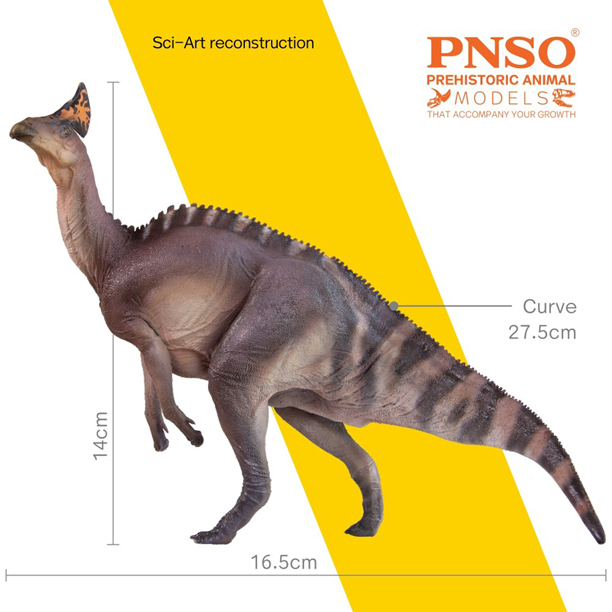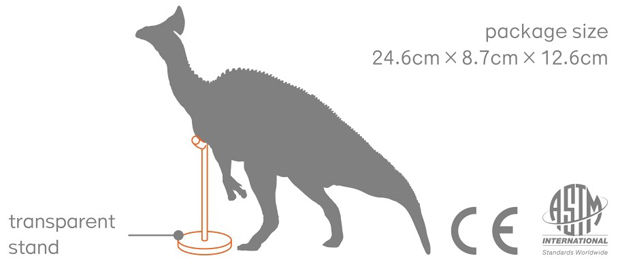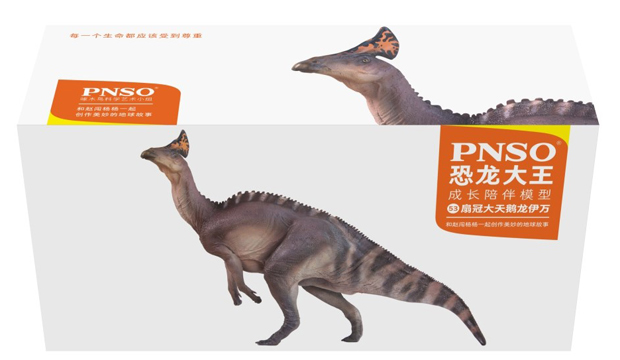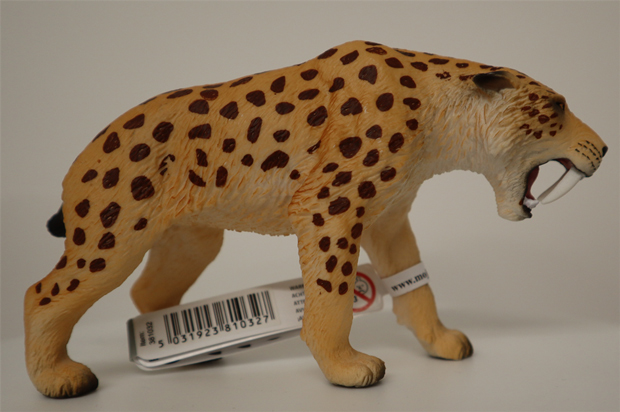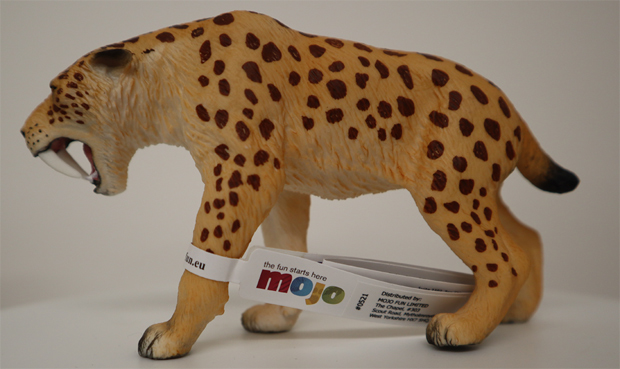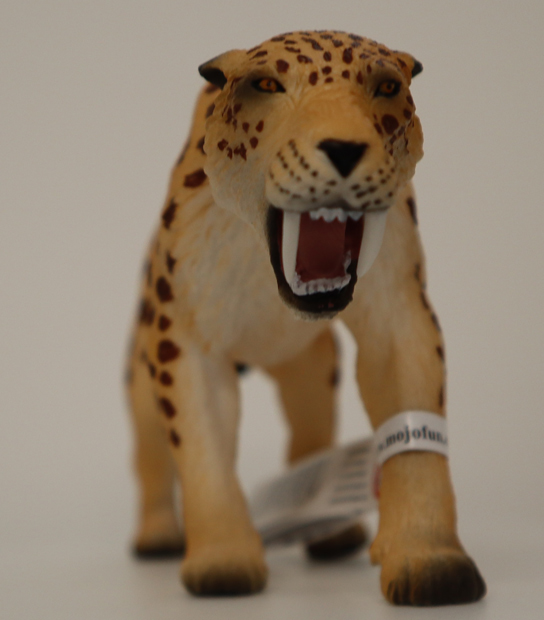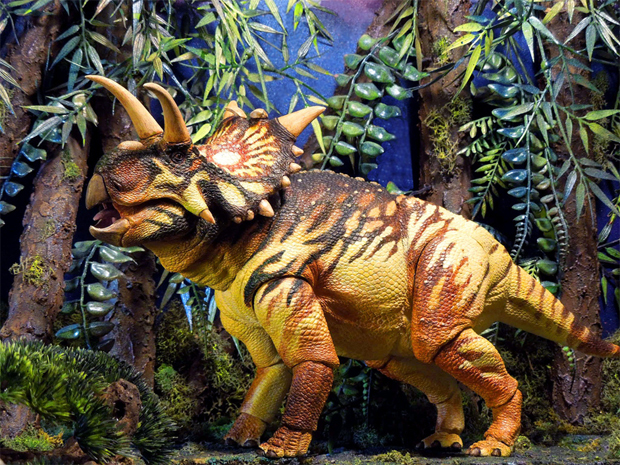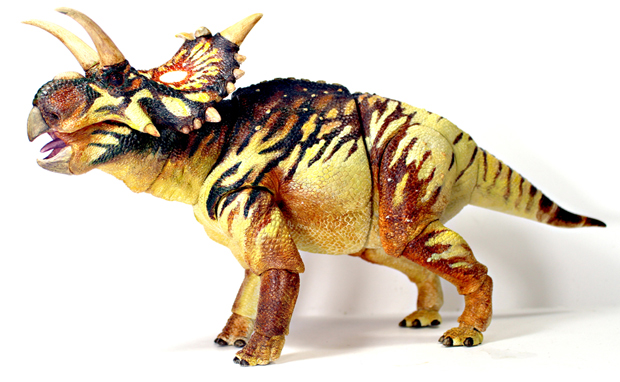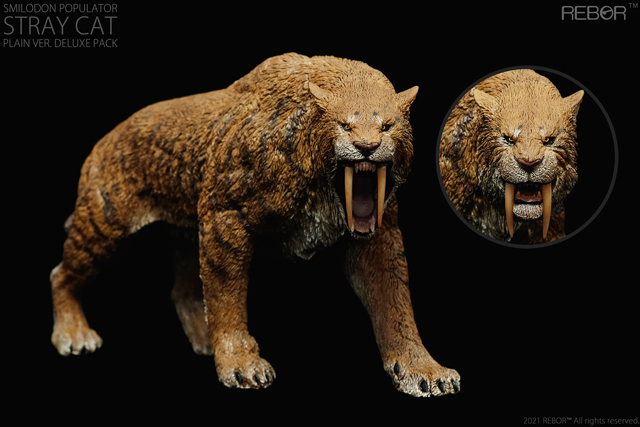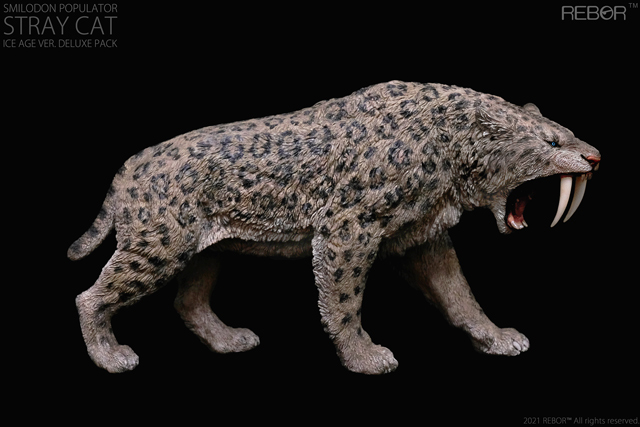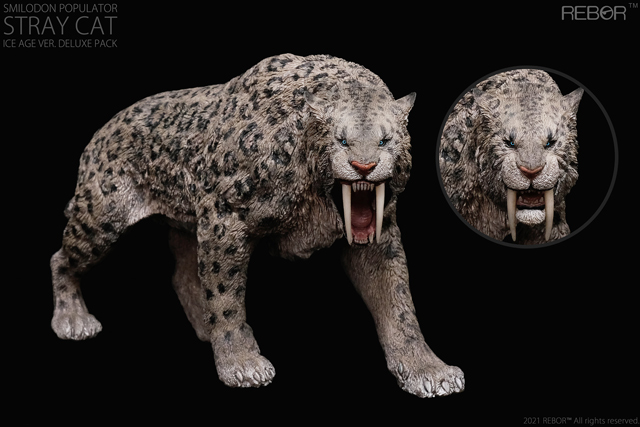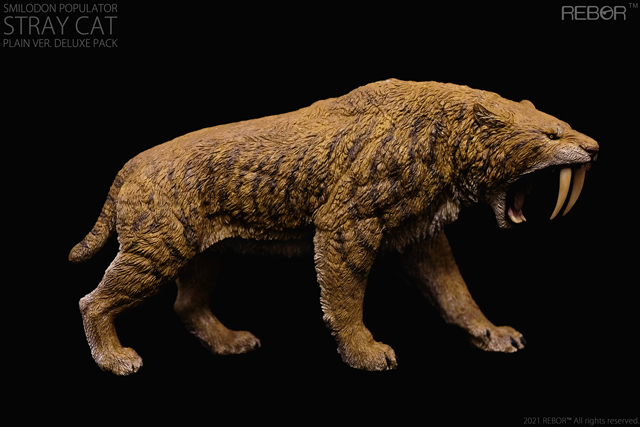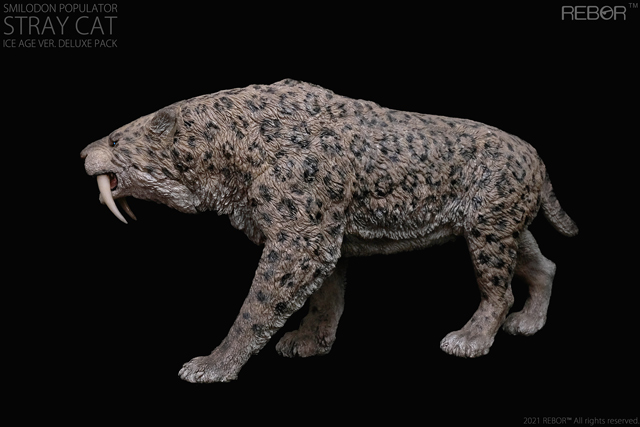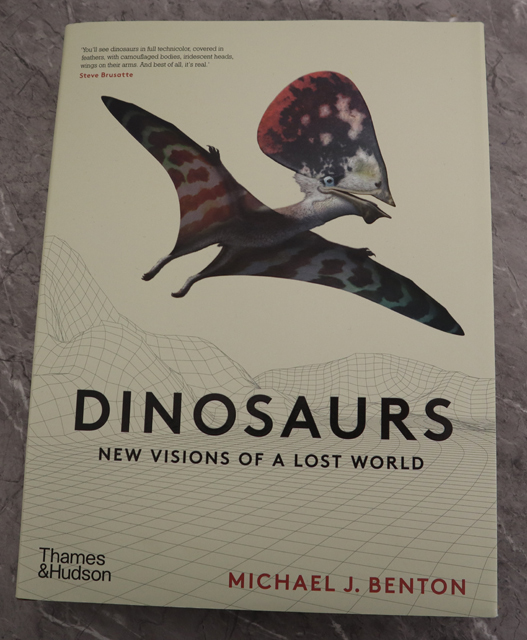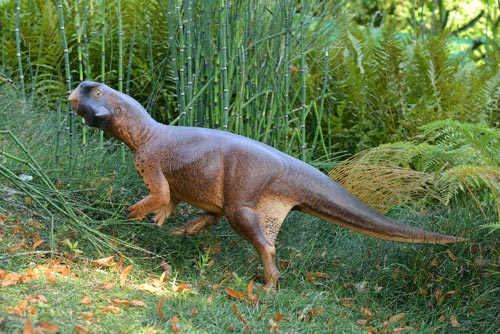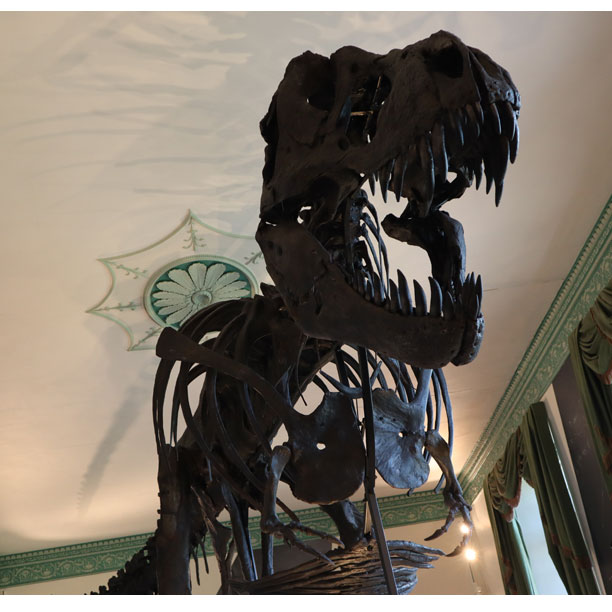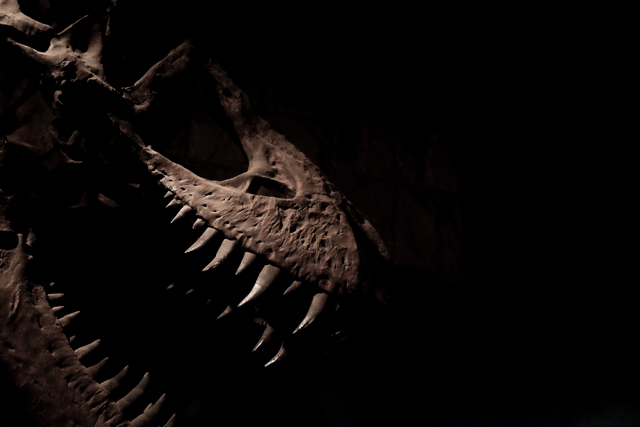Ulughbegsaurus – Bossing Tyrannosauroids a New Species of Dinosaur is Described
A new species of carcharodontosaurid has been named from a single fragment of upper jawbone found in Uzbekistan. The dinosaur has been named Ulughbegsaurus uzbekistanensis and it was probably the apex predator in the ecosystem suggesting that carcharodontosaurids remained the dominant predators relative to tyrannosauroids, at least in Asia until around 90 million years ago.
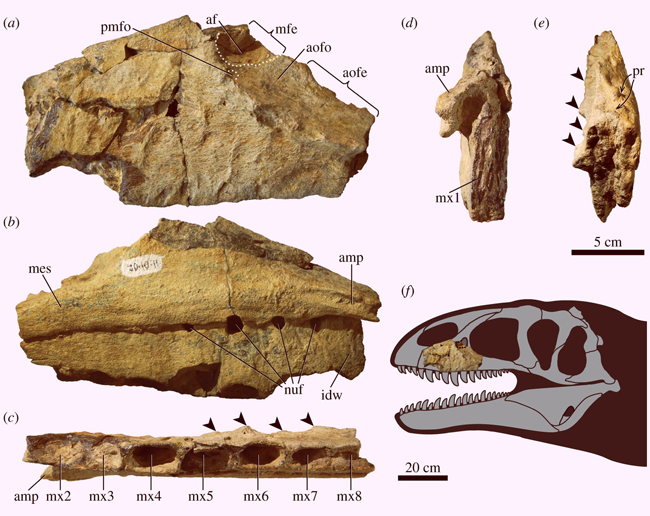
The First Late Cretaceous Carcharodontosaurian from Central Asia
Ulughbegsaurus has been named based on partial maxilla found in strata associated with the Bissekty Formation of the Kyzylkum Desert (Uzbekistan). Several other predatory theropods have been described from fossils found in this formation, but all of them are considerably smaller. The tyrannosauroid Timurlengia euotica was coeval, but much smaller than Ulughbegsaurus providing further support for the idea that carcharodontosaurians were the dominant, apex predators in Laurasia until their extinction some 20 million years prior to the end of the Cretaceous, from which point onwards it was the tyrannosauroids that took over this niche in most Laurasian ecosystems.

Estimating Size from a Single Fragment of Bone
Palaeontologists can use the size of the tooth row in the maxilla to help them estimate the body size of theropod dinosaurs. Studies of carcharodontosaurids and tyrannosaurids have demonstrated that the length of the tooth row in the maxilla is isometrically correlated with femur length, which is very helpful, as the length of the thigh bone is widely used to help calculate body mass. Based on this data, the authors of this paper, calculate that the Ulughbegsaurus specimen was at least 7 metres long and over a tonne in weight.
The researchers, which included corresponding author Kohei Tanaka (University of Tsukuba, Japan) and Darla Zelenitsky (University of Calgary, Canada), conclude that the individual represented by the single bone was probably 7.5 to 8 metres in length.
Ulughbegsaurus uzbekistanensis was much bigger than any other theropod known from this region. The tyrannosauroid Timurlengia was approximately 3-4 metres long and around 8 times lighter. This suggests that Timurlengia was a secondary predator along with an as yet, unnamed large dromaeosaurid, whilst Ulughbegsaurus occupied the niche of apex predator. The discovery of Ulughbegsaurus records the geologically latest stratigraphic co-occurrence of carcharodontosaurid and tyrannosauroid dinosaurs from Laurasia and evidence indicates carcharodontosaurians remained the dominant predators relative to tyrannosauroids, at least in Asia, as late as the Turonian faunal stage of the Cretaceous.
Tyrannosauroids Kept in Check by Carcharodontosaurians
For much of the Cretaceous allosauroids (part of the Carnosauria clade), including carcharodontosaurians were the largest terrestrial predators on Earth. It was only after their extinction that tyrannosauroids (members of another theropod clade, the Coelurosauria), became much larger and occupied the role of apex predators in most ecosystems across Laurasia.
Evidence of larger tyrannosauroids is not known until the Campanian of North America, some 7 million years after Ulughbegsaurus and Timurlengia lived. Palaeontologists remain uncertain as to the dynamics of apex predator evolution amongst the Theropoda as the fossil record from 90 to 83 million years ago (Coniacian-Santonian) is extremely poor.
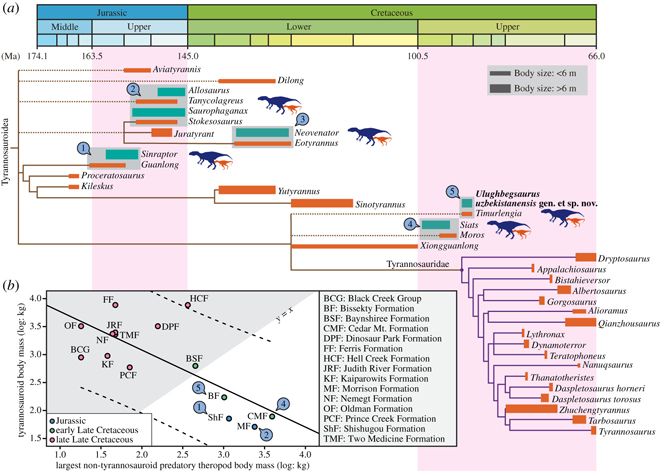
Honouring a Sultan of the Timurid Empire
Ulughbegsaurus uzbekistanensis (pronounced Ul-lug-bey-sore-us uz-bek-ee-stan-en-sis), was named in honour of Ulugh Beg, a sultan and polymath of the Timurid Empire in the fifteenth-century. The species or trivial name honours the country of Uzbekistan.
A Significant Fossil Discovery
Although Ulughbegsaurus has been described from a single bone, its discovery is very significant. U. uzbekistanensis represents the first definitive fossil evidence of carcharodontosaurians from Central Asia. It fills a geographic gap in the clade between Europe and East Asia and shows that carcharodontosaurians were widespread across Asia.
To read Everything Dinosaur’s 2016 article about the discovery of Timulengia euotica: Fossil Study Shows How Tyrannosaurs Got Big.
To read about the diminutive tyrannosauroid Moros intrepidus that co-existed with the much larger allosauroid Siats meekerorum: Fleet-footed Tyrannosaur Leaps 70 million-year Gap.
The scientific paper: “A new carcharodontosaurian theropod dinosaur occupies apex predator niche in the early Late Cretaceous of Uzbekistan” by Kohei Tanaka, Otabek Ulugbek Ogli Anvarov, Darla K. Zelenitsky, Akhmadjon Shayakubovich Ahmedshaev and Yoshitsugu Kobayashi published in Royal Society Open Science.
The award-winning Everything Dinosaur website: Dinosaur Toys and Models.


